|
Flag flutters for freedom over the Greek island of Oinousses. Candles flame still for the Chios massacre and diaspora. No chime at church but the goats assemble with their brassy bells. Mythological calm beyond the horizon. Kalos calamari! My cousin guards dinner plates teeming with tens of thousands of bass and bream. End of shift. Shift. Play. I travel with Homer and Ms. Simpson to the castle at Mytilene. Down at the taverna, news spills out about the landing of 17 Turkish asylum seekers. Swimming against the tide that just won't turn. Solitude on a beach with grains of sand that you can count in one palm. Final visit to the stone house that my grandfather built as a refugee from Asia Minor. The boat departs from Oinousses with a memory that can never return. Greek War of Independence, 1821-1829 Greek nation state established after 400 years of Ottoman empire rule. Greco-Turkish War, 1919-1922 Greek invasion of Northwestern part of Anatolia is defeated with establishment of modern Turkish state. Treaty signed in 1923 to effect a population exchange of 1.5 million Greeks and Turks. UNESCO have just listed Rebeitko on its Cultural Heritage List. This is the music and dance that my grandparent's generation brought over to Greece in the 1920s after they were displaced from the crumbling Ottoman empire. The happenings at late night cafes and clubs articulated the feelings of refugees. They grappled with poverty and despair while searching for earthy love and spiritual consolation. Oinousses is 1 mile from Chios and 5 miles west of Turkey. Its waters, airspace and land are contested. At its peak in 2015, more than one million migrants crossed the Mediterranean Sea. The islands of Lesbos, Chios and Oinousses, given their close proximity to the Turkish mainland, are one of easiest zones of approach into Europe for asylum seekers and economic migrants coming from Western Asia, South Asia and Africa. I’m going to climb up to the highest mountain and sing. When I cry and am in pain, the mountain will sigh.
4 Comments
In 2010, when undertaking research for the film and art project, Flood Light, about the inter-related history of the Grand Union Canal and Westway (A40), I first came across the photography of Adam Ritchie. When I opened up that archive box and out popped these evocative black and white prints of children in a raw concrete space, I vividly recalled the 1970s and my own childhood. I was the first person in decades to contact Adam about these photographs and in the process discovered he was one of the founding figures of the Westway Development Trust; the unique 23 acres of land under the Westway flyover that was fought over and gifted for the benefit of local people. In 2015, I had the pleasure of interviewing Adam. He reflected on his father's legacy, the lows of education, the highs of the swinging 60's, community activism and on his fragile, but important photographic collection. It is timely to revisit the social conflict of the 1960s in North Kensington after the tragic Grenfell Tower fire. From a ruined landscape of houses demolished for the making of the Westway, residents were able to organise themselves and guide the woefully out-of-touch local authority into the making of community spaces and facilities. I’m sort of a middle class person, though my great-great-grandfather was born a bastard. My father was a journalist and broadcaster with the BBC. During the war, he invented the V for Victory Campaign. It was a big letter V that was chalked up all over the walls throughout occupied Europe by the people telling the Nazis that they would not win. This was a formidable psychological warfare campaign. He was very interested in the importance of the BBC being about truth. It couldn’t be like Nazi propaganda where they told lies and people were shot for listening to the BBC European broadcasts. I think I inherited the idea of the importance of truth and honesty from my father. I went to a public school which I hated as I was beaten every day for being the only socialist. The first day they asked you which way do your parents vote. I said they voted labour. I got hit. It was like that for the next few years. My father had a stroke and then we had no money at all for a long time. I got a scholarship to the French Lycée in South Kensington in the 1950s. Then I got another one to study at an American university in Massachusetts. I studied economics to start with because I wanted to work for the European Union. I thought that was the future for the UK. But the economics professor was so right wing, he took me aside one day and said, I don’t care what you do, I’m not going to let you pass anything in my department and I want you out of the college. This was because at his lectures, he said, if the workers could just observe the law of supply and demand and accept lower wages, then everything would be wonderful. But what about the workers, I asked? In the end, he got more upset because all the other students started to think ‘why should you just assume it’s okay for people to be poverty stricken’. I eventually changed to study English or American literature and I got on beautifully with that. The only non-fraternity place to live on campus was called Independence Hall. We each had separate rooms and there were a lot of women visitors. But one day the Dean said that for reasons of fire safety regulation we all had to leave our single bedsits so two people would share one bedroom and one study room. We all thought this was crazy, so I went to see the Fire Chief in the town. He said there was no regulation like that and didn’t know what I was talking about. But by the afternoon he had heard. He changed his tune because it was a one horse town; the college owned the town. About 2/3 of the students in Independence Hall upped and left the college. It was pretty shocking because a lot of them were in their last year. I left and went to Boston and tried to enroll in Harvard but that was impossible. In the end, I came back to England. I was very depressed. The whole experience was quite nasty. I worked at Better Books, in Charing Cross Road. I met up again with a friend called Nicole Lepsky who I last saw doing A and S Levels at the Lycée Francais in London. She asked me to come to a party near Oxford. I said, yeah. She was going out with a guy called John 'Hoppy' Hopkins. I met him and we got on very well. He was getting a flat at 105 Westbourne Terrace and it had lots of rooms. There were about 5 or 6 of us there including me. We smoked dope every night, listened to very modern jazz and someone used to read aloud, things like Samuel Beckett’s Murphy and At Swim-Two-Birds, by Flann O’Brien. We were always laughing our heads off. I always wanted to go back to America to see it properly. To get a Green Card in 1962 you had to have £400. I had £200 in the bank. I got a letter from my bank manager saying I had £200 in the bank. And then twenty minutes later I took all the money out. I went straight to the American Embassy, saying I’ve got £200 in cash here plus proof of another £200 from the bank letter. £200 plus £200 makes £400, doesn't it! And they gave me a Green Card. In America, I got a job as an economist at a place called Business International Corporation. I was hired to help give economic advice to the 100 top American companies wanting to operate in Europe. I got a loft and redid it completely. It had been a leather factory run by an alcoholic and his policeman brother. They made suitcase luggage straps, that’s all they did, nothing else. This loft was huge. I got on very well with the landlord who looked like a bowery bum. For some reason he got many of his clothes from his tenants; they threw them away and he would wear them. I don’t know why! His name was Seymour Finkelstein and he was a very pleasant man. He lent me all the tools and materials to do up this loft. I took off all the plaster from one wall, so it was a plain brick wall. I put in a bathroom and kitchen and built a huge platform to sleep on. I met Carola two weeks before I left for America. She was a typographic designer. I said, why don’t you come over with me! Two months later she left England and moved in with me into the loft. She got a job at Columbia University Press and did the typographic layout of their Encyclopaedia. In the end we were all evicted from the building. I think Seymour didn’t pay bribes to the fire department as it was illegal to have too many ‘artists in residence.’ You could have a license saying AIR2 meaning there were artists on 2 floors of the loft building. Seymour had 4 floors of artists and he wouldn’t pay the bribes, so they closed him down. Put padlocks on our front door and told us you’ve got to be out in 2 days. I found another place to live. One day while I was walking along a street, I saw a huge rat walking on the other side. It was walking quite nonchalantly, not paying much attention to anything. I thought, I’d really like a picture of this. I had a friend called Larry Fink who was a photographer. He had a darkroom just around the corner and I’d been talking to him about the images in New York I wanted to photograph. He said, why don’t you get a camera? I had recently just come back to England where Carola and I got married and I had about £150 from wedding money. I went out with Larry on a Friday evening to a big discount store and bought a good 35mm single lens reflex camera. On the Saturday I took lots of pictures and spent the whole of Sunday printing them in Larry’s darkroom. On Monday morning I was back in my office, with 15 good looking photos on my wall and the whole place, about 40 people working there, came by and said, 'Wow! These are really nice pictures.' The guy who ran the place asked me to photograph a Business International conference in Washington DC. I went down and took the photos and they got more orders for copies of the photographs than they’ve ever had using professional photographers. The head of the company at Business International, Bill Person, said, you ought to be doing photography and not economics. I said, photography is fine for a bit of pleasure on the side, but what’s serious is economics. He thought about it for a bit. He then sent me on a four day course to a company who test people to see what they were good at. It turned out I could be good as a lawyer, a journalist, a teacher. Nothing to do with photography. Bill said, “You should be a photographer. I’m going to fire you. You’ve got 3 months on full pay and you’re not allowed to come into the office except to show us photographs.” So I got sacked in this beautiful way. Only in America! He said something like it had happened to him and the change had been an important moment in his life. I went to the magazines and they all said, we don’t give commissions to people who have been a photographer for 2 months. I’d already saved up for a holiday trip to England with Carola and so I thought about what would interest Americans about England. This was 1963-64 and I noticed there were all these people in London who had important jobs and were around 22 years old. They were graphic designers, musicians, journalists. The fashion editor of the Observer was Georgina Howell, who was 23 years old. The fashion editor of The Herald Tribune in New York was 67. She was writing about young people and it felt weird. There were lots of people past pension age in New York running things. It was a cultural thing. In London it was all youth, youth, youth. I went to Glamour, a Conde Nast magazine, and said, I’m going to London in 2-3 weeks and I want to photograph these people, They are all under 25 and they’ve done really amazing things. Again, they said we don’t give commissions, but we will look at the photos when you come back. We might be able to publish a page. I came back and they published 6 pages and they gave me work every month after that. That was an amazing start. At the time, I made a film with a friend, Yvette Nachmias, called "Room 1301.” It was about the office environment in New York when she was trying to go down one floor from the 27th to the 26th floor. The door locked behind her and she couldn’t get out on any floor at all. She walked down 27 flights to the basement and out onto the street. There were alarm bells going and 6 fire engines around the front thinking there was a fire. She went back to her desk and didn’t say a word. It was quite a nice little film shot on 16mm. Before I came back to England in 1966 for the birth of our son, several interesting and important things happened to me in New York. I lived just around the corner from Tompkins Square on Lower East Side. This was a completely flat square with lots of pathways with concrete fencing on each side and some tiny patches of grass also surrounded by concrete fencing so you couldn’t get onto the grass. Mayor Wagner had a brother who was a concrete manufacturer. The city covered everything in concrete. People used to come to Tompkins square and had to lift their dogs over this 5 foot high concrete fence around every patch of grass. One day, the mayor started to build a concrete stage with a roof on it. There were diggers and this huge mound of earth next to where they were going to build this thing. They laid the foundations. The kids took over this hill of earth and they ran up and down it until it was smooth and wonderfully evenly shaped and not muddy anymore. It was the first thing that was alive in this whole square. There also was a change of government with Mayor Lindsay. His new parks commissioner, was Thomas Hoving, the son of people that started Tiffany's. The contractors said that they were going to come and remove the earth. The mothers realised that the earth was very important for the kids. Someone phoned up Thomas Hoving and said you’ve got to come here because there is going to be trouble with the contractors ruining the last bit of our square. The mothers formed a circle and hundreds of kids were all on the mound and the contractors were ready with their machines. Thomas Hoving arrived in a big limousine with police motorcycle escorts. He talked to the contractors and he came and talked to the mums. Then he walked up the hill and down again. Talked to everybody once more and then said: I think it should stay. They called it Hoving’s Hill after this. I thought this was very exciting. It was political, very direct and everything was right in front of you. Also the fact of the mothers taking ownership of the space was very interesting. There was one other thing in New York that was also an inspiration to me. Hoving fenced off a small bit of Central Park and set up poles every 3 feet and hung canvas from one end of the poles to the other. There was a 3 foot by 2 foot high rectangle of canvas attached to them. Brushes and paints were supplied. And it was called Painting Day. People came and painted all day on both sides of the canvas. I think they burnt the whole thing when it was over. Then the picket fence was taken down. I thought that was fantastic and it was all done in one day. I came back to London with these two things buzzing in my brain. I went to see Hoppy and he’d set up the London Free School in North Kensington. They met and discussed things, had classes in whatever you wanted to know about. There were philosophers and writers and artists. They probably used the All Saints Church Hall for quite a lot of stuff. I think one of the things they organised was the first Carnival in London. It was not anything remotely like what we have now in Notting Hill. Rhaune Laslett and Hoppy started it. They just thought, let’s have a festival, This was about 1966. It wasn’t really organised and I think it was gently raining. I saw about 20 or 30 people walking past where I lived. They were singing and dancing and having a nice time. But they also got permission for an adventure playground where the houses had been demolished for the building of the Westway motorway. They put up a rather beautiful painted sign saying London Free School Adventure Playground - Come and Play. I went there and saw it. It was all demolition rubble about 5 or 6 feet below the pavement and there was a brick wall all the way around to stop people falling into the rubble. And there was a plank against the wall. If you were athletic enough you could maybe slither down this plank. The kids did it without any problem. I never saw an adult there except a bit later. The kids built things out of the rubble from some of the 600 or so demolished houses. This was Acklam Road between St Ervans and Wornington Road. So quite a large site. And there were all these wonderful things being built there by the kids out of the rubble. I thought they need a bit of material help. I bought two hammers, a saw and huge bag of nails and hid them under the rubble. I came back a few days later to see there was a new building. It was really bigger than what was there before because of the nails and tools. I was very excited about that and told friends. We all went to see this building a few days later. But the thing I had described in such detail wasn’t there. Instead there were 3 other buildings even bigger and better. I just thought that was fantastic how kids and people could just do things. All you needed to do was just twist it a little bit. God knows, we need a little help at times! There is also the innate impulse to do things and to have the opportunity. There was all this rubble, What do you do with it? You build buildings, that’s what you do with it! I went to a meeting of the London Free School at the All Saints Church Hall in Powis Square when they said that this is the last meeting. I said I’m really interested in doing something with the adventure playgrounds idea because they are going to build the motorway and this has got to be thought about. What are we going to do underneath the motorway? There were 5 or 6 people who joined me including John O’Malley. We formed the North Kensington Play Space Committee and met at my place for 3 or 4 years after that planning, talking to people and writing letters; I must have written 1000 letters. I was working nearly full time on it for 2-3 years as well as teaching photography at Central School of Art. Adam Ritchie's photographic prints of organised play schemes under the Westway, 1968-69 Kindly reproduced by Adam Ritchie and RBKC Local Studies and Archives As the motorway was being built, we asked for a meeting with the Greater London Council. They agreed to this and phoned to ask were we bringing anyone else. You could hear their jaw dropping as we said, yes, we’re bringing Sir Hugh Casson who was an architect and planning consultant to the Queen and Ottawa and 17 other cities. He was a big deal. And we're bringing the secretary of one of the largest charities in London. We are bringing Peggy Jay who was the parks committee head of the previous local government. She knew everything about how things were done. And we had Ilys Booker, a sociologist, with an international reputation, who was working in Notting Dale and she supported us. It was an extraordinary list of people. When we came to the meeting there were maybe 60 people in the room. They had all their officers and secretaries and committee people. We came with our lot who all gave fabulous speeches. We also had a half page article in the Times and a leader in the Guardian all in favour of our plan. They agreed to further meetings. Later they said we couldn’t have community facilities under the Westway, because they had planning permission to build a car park under the whole of the motorway. They were going to build a 22 foot high concrete wall shutting off the underneath of the motorway for the car park. It would just become this awful space. One of the imagined reasons for the motorway was to reduce local traffic and if you got a huge 8 acre car park underneath the bloody thing, where are the cars going to come from? They are going to come off the motorway and park there. Everything was so badly thought out. We hired a barrister to contest this. He wrote a letter to the Transport Minster asking whether they had planning permission. Just by chance we knew Donald Chesworth, who had been on the Planning Committee 15 years before at the London County Council. He said, I don’t remember agreeing to a car park. I phoned up the Town Clerk of the GLC and said could we possibly have a copy of the minutes of that meeting at which the planning permission was granted. There was a gulp at his end. The next day the 22ft concrete screen slabs that they bought or had commissioned, thousands of them, made to wall off the whole of the underneath of the motorway, was stopped. I don’t know at what cost. They had to abandon the whole thing. But we were a bit nervous about chasing them legally because we were trying to get their support for our scheme. It was swept under the carpet. But they had told the Transport Minister that they had planning permission and this was a lie. If anyone thinks that officials are telling the truth, they may not be and you need to double and triple check. I forgot to mention that we had someone from Kingston University Architectural Department who designed a pamphlet for us. This had an air map of North Kensington with the motorway on it and our plans for the spaces underneath. We also got sponsored by the British Road Federation because we were the only people suggesting a possible social use of a motorway; but I was really against roads impinging on everything without any obvious advantages. BRF gave us a stand at the motor show which would have cost us thousands of pounds and they paid for all our materials. We produced this 15 or 18 foot long map of the motorway cutting across North Kensington showing its beginning and end. At public meetings we stuck this map on a huge series of boards and talked about the whole thing and said - imagine you’re a bird looking down on this, this is what it looks like. So people who didn’t read maps could get this scene of what they were proposing to do. And we gave out bits of paper and loads of magic markers and they could write down what facilities they wanted and where it should go under the motorway. It was real site-specific thinking. We were clear that we couldn’t put our own ideas forward. So all of the ideas were from peoples’ suggestions at public meetings and by talking to people. Almost everything suggested was practical and sensible. I was knocked out by this. We also went to see a big London charity and discussed it several times with them, A wonderful man ran it called Tony Woods. He was excited about what we were talking about. We said could you put aside money for when it is needed. And he said, I can’t exactly remember the amount, but something like, I can put aside £20,000. It was serious money, He said he’ll put it forward for the next 3 years so that it will be available when needed. We worked with an insane confidence of thinking of things like that. If you are a little tiny group flaffing around on the outside of this circle, there was no reason why you’d think of things like that. But we did. I think our political thinking was pretty good. There was no possibility that I could have done any of this without John O’Malley. He was absolutely a rock. He and his wife lived and worked at the Community Workshop in St Ervans Road. They were community organisers. Jan worked on an area that I thought was more serious, housing. She did a huge amount of research and had a real strong framework of understanding what the problems were and how to solve them by helping people. Many commentators said that North Kensington had the worse housing in Britain. It really was overcrowded, with decrepit, often disgusting, bad housing There were 15-16 people living in a house with one toilet that was overflowing and with no heating. Rachman-type landlords who didn't give a shit about these people. Horrible! John and I organised play projects that were temporary schemes and hopefully would become permanent. So for example, we ran the Summer Play Project in 1967 that had 200 students from all over the country coming to help us. We got a disused school to house them. We got a grant to pay for a secretary and changed our name to the Motorway Development Trust because we spent all our time on the motorway scheme. We didn’t have false ideas of anything. This was quite important. We always knew that we couldn’t get what we wanted, which was for the community to have control over their own area. But we could do a hell of a lot better than just having a car park under the motorway. One of the principles behind the whole campaign was that we had to have fun while we were doing this. You can’t do any good if you are not enjoying yourself! The council agreed to setting up the North Kensington Amenity Trust that would run the spaces under the Westway. The council wanted to set it up with the Town Clerk as Secretary. This would have been a really poor organisation. We were quite good friends with the Charity Commission and suggested this wasn’t the proper way to set up a charity. It was a way of subsidising rates and so the council was put right on that and had to change the complexion of the organisation. We also had to have an independent chairman. The council chose an ex-ambassador and we then had middle of the road people. In my view, people who basically didn't want to rock the boat with the council. Establishment people. John and I weren’t allowed to be on the committee until we got the Charity Commission to insist on more openness and then got elected onto it. It was stultified for many years because of the lack of imagination of the council in dealing with it. They probably let us on in the end because they didn’t have any ideas and we had quite a lot. At all our meetings with Kensington Council we did the soft cop, hard cop thing. John would go in with his Arran sweater and he looked unshaven and radical. I would go in like a posh kid from Chelsea. They couldn’t believe the radical things I was saying and were then surprised that John didn’t bite their throats and had these practical things to say. But the Trust didn’t like it. In the end, I got a job building houses in Wales in 1973. I stayed on as an elected member on the Amenity Trust for a year or so and came to London for the meetings. We had started with the idea for an adventure playground at one end of Acklam Road. Then it became a mile-long strip up to White City. A lot has happened that seems a lot better than a giant car park and some has developed based on community amenities rather than just commercial. We always included in our plans some commercial space because it provides jobs and some income. We have seen gentrification increased beyond belief but there is not much you can do about that with so little community controlling their own space. Original vision for community spaces under the Westway, 1968 Westway Development Trust consultation on how to regenerate the spaces, 2017 Adam Ritchie with the Latymer Mapping Project, 2013 Postscript: Photography I used a photo lab over the years because I was never terribly interested in printing. They also had all my negatives, 10-12 years worth going back to my time in America. It was stored at a place called Sky Labs which was in Maddox Street to start with and then moved to various places. I hadn't spoken to them or been in touch for about 3 or 4 years because I was building houses in Wales. I popped in and asked for a picture from my negs. They said we don’t have your pictures. I walked out and thought that proves that I’m not a photographer anymore. It wasn’t a tragedy. I didn’t go back in and scream or shout. I wish the hell I had now! They closed up their old shop and as I had moved a few times, there was no way to get in touch with me. They probably put it all in the skip. It’s very sad because I had some nice pictures. I think the ones of the kids playing were the best ones I ever took. I’ve probably got 10 prints left altogether from thousands of pictures. My colour slides and contact sheets of Pink Floyd and Velvet Underground happened to be in a bag in a parking bay under Trellick Tower which I hired for storage. The bay was broken into and wrecked with paint poured over everything. But they didn’t take or destroy this one bag which had all my Pink Floyd and Velvet Underground photos. They have since been published in thousands of books, magazines and newspapers and exhibited at the Tate, Liverpool, the V&A and the Whitney Museum in New York. I only take a few snaps now. There was something so free about taking photos then, less self-consciousness. www.adam-ritchie-photography.co.uk I have struggled to talk about Grenfell because I am an artistic "witness." I made a deep connection with the estate and its gardens several years before I started working here on an art residency. When I was officially contracted to produce a film and mural in 2015, several residents kindly opened their front door and hearts to a stranger. I navigated a delicate path between authorities and residents at a time when the latter were in dispute over the tower’s regeneration. After the tragic event in June 2017, I handed over all my photos and films to the police as part of their criminal investigation. I gave a witness statement. As we try to understand what happened at Grenfell, artists and film makers will all have a challenging but important role to play alongside the media. I’m trying to objectively recall how I approached making art on the estate when I was commissioned by the TMO (Tenant Management Organisation) to create a tiled art work and short film. The TMO were impressed with my V&A Museum and RIBA funded residency on Silchester Estate. I convinced them that an open-ended, durational process would work far better in delivering the outcomes rather than the original two weeks envisaged. As it transpired I was on the estate for approximately 1 year 2 months. When the time is right I will talk about the film, The Forgotten Estate, in more detail. The original plan was to design a large tile art work to cover an area approximately 3.6m wide by 2.2 m high in the newly formed ground floor entrance at Grenfell. This was to be created with the residents and children of the tower block. I was given a completely free brief as regards design. I decided to use large scale drawings as the blueprint. But as the drawings were so impressive in their own right, I decided to just stick with that as the completed art work. In total, 4 large scale drawings were made in the temporary lobby, on the elevated concrete deck just outside the tower and during the Grenfell fun day. The design for the art work was inspired by the classic blue and white willow pattern used in pottery. I was constantly sketching in the ceramic gallery at the V&A where this pattern had caught my eye. I always envisaged using an image of Grenfell tower in the completed design and perhaps to have this framed by an equally large tree. I saw a flock of birds in flight as representing the residents energised by their newly renovated building. The sessions with the kids would allow space for their own images and experiences to be added. That was the plan. As it transpired, the most successful drawing was realised at the Fun Day. The Grenfell Fun Day on 30 May 2015 was held mainly as a form of respite from the conflict taking place during the renovation. I was invited to attend and hold a workshop. A teenager looked at a blank sheet of paper. "What do we draw?" "Absolutely anything you like." Most children had the desire to draw or write what came naturally to them. The tower block they lived in. A girl picked up a leaf and sketched this. Animals started to appear. One wrote the memorable words: live, laugh, love. The cultural identity of the children also became a point of self-reflection with a Moroccan and British flag. The outline drawing in oil pastels was made by approximately 20 children and I then coloured it in. The art work then fell into a state of limbo. I had shown it to the TMO who were happy and also took it to a residents meeting. This would prove to be my last engagement and memory of the estate in May 2016. In the middle of that meeting, shortly after I had talked about the art work, one of the residents had challenged me over my film and this annoyed another resident, whose tense relationship with each other I had observed before. They then had a fight, then and there, in the meeting at which children were present. It lasted for about 5 minutes. Blood had to be cleaned off the walls. I believe they shook hands shortly after. I could understand how the residents were wanting to get on with lives after the huge impact of the building works. But the TMO? Why didn't they contact me again to hang the art work in Grenfell? I can only assume they were not pleased with the way my residency had developed, especially in terms of the film project. I held onto that art work for a year. After the fire it assumed importance as a visual and textual testimony to a destroyed community: Live, laugh, love. I'm pleased that this has been handed over to Grenfell United and is in the new community space for survivors and the bereaved. I have now started work back on Silchester estate across the road from Grenfell. After the anniversary of the fire, we will hold an Open Estate Garden weekend on the 30 June and 1 July. This will display the art created by residents. I have plans for a dance or performance piece facilitated by Dance West, although this might have to be staged later on in the summer. Over the years I have self-published photo books as well as making hand crafted books. I have increasingly turned to the latter as a means of reflecting on my engagement at Lancaster West and on the people I met and befriended. I am constructing my own self-questioning narrative. Did I make the right decisions in terms of my engagement? How will my imagery and art work be reproduced and the film footage help with any inquiry or criminal proceedings? Above all, how can I help the victims and community? I know that this was a "voiceless" community that nobody really listened to. I have also thought about my interaction with the press as they strive for the dramatic and poignant human story as well as the political message behind Grenfell. During the previous 9 months, I have developed an inner artistic voice that has kept the media, by and large, at arms length. These books, as I turn the pages, are part of my opening up. Imageless and Voiceless Booklets, 32 pages each, 2018 Oil pastel drawings, 5.5 x 4 inches Just heard about Grenfell Tower. Ghastly. What on earth went wrong? I was wondering if we could get this picture to do a story on. I would be very grateful if you could give me a ring as soon as possible to discuss an article I am working on for this weekend. I am the Dangerous Structures surveyor on the tower following the incident. If you were involved in the original construction it would be good to talk or meet you to discuss how certain elements work together. Constantine, various journalists have tried to contact me but I am not responding, so I would appreciate your confidence and not pass on any of my contact details. I don’t want him to think I’m stalking him! I don’t actually need him to discuss the fire. It is the building we are interested in and the original vision. One thing I'd say is that if we want to tell this hugely important story then now is the time, before the world moves on to the next headline. We have three million readers worldwide, a lot of them policy makers. Do please let me know if you change your mind. I am contacting you in relation to a live broadcast we are holding tomorrow evening. The event will consist of an audience of local Councillors, residents, firefighters, volunteers etc. If this is something you may consider being a voice for, please let me know. I do totally understand your reticence to give opinions on the matter, but could I trouble you with a quick question – do you know of any nearby towers that have a similar interior, i.e. common parts and layout? We are not tabloid journalists in for a quick story. We do very considered films on very difficult and distressing subjects. Thanks for the clear details in each of your blog posts. In an attempt to lend a little assistance from afar, a group of us have been building up three Wikipedia articles [[Lancaster West Estate]] [[Grenfell Tower]] and [[Grenfell Tower fire]]. Please go to these pages and tell us of any inaccuracies. I would rather use an image that speaks to the life in the community rather than awful images of destruction and tragedy to publicise the auction. The last thing I would want to do is appear to sensationalise the suffering of so many people. If you do have a change of heart, let me know. We would happily make a £200 donation to a Grenfell charity for use of your images. Dear Mr Gras, the V&A have been contacted by the Detective Constable from the Art and Antiques section of the Metropolitan Police in connection with the Grenfell Tower enquiry. She is working on the construction side of the investigation and has been tasked with identifying and contacting every company who may have information about the construction or refurbishment of Grenfell. I'd like to ask some questions on a positive note. I'm not press or politics. I knew that building was fundamentally safe. I'd really appreciate some answers regarding.... Sorry I can't say here.
|
Categories
All
Archives
May 2024
|






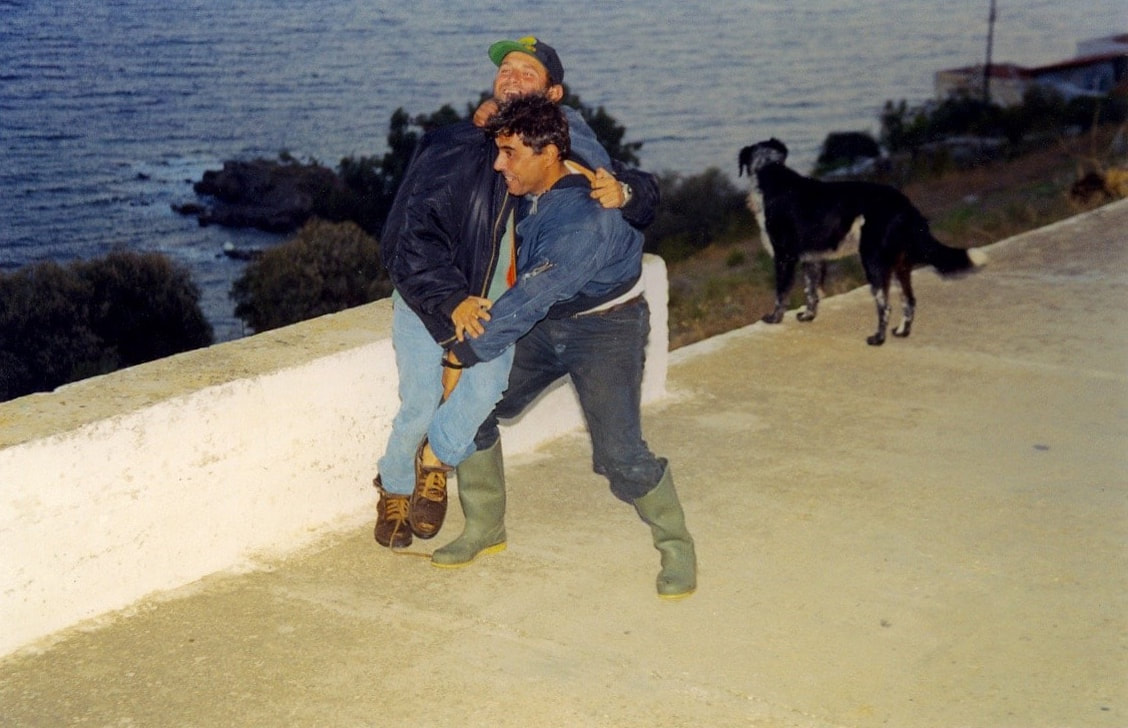


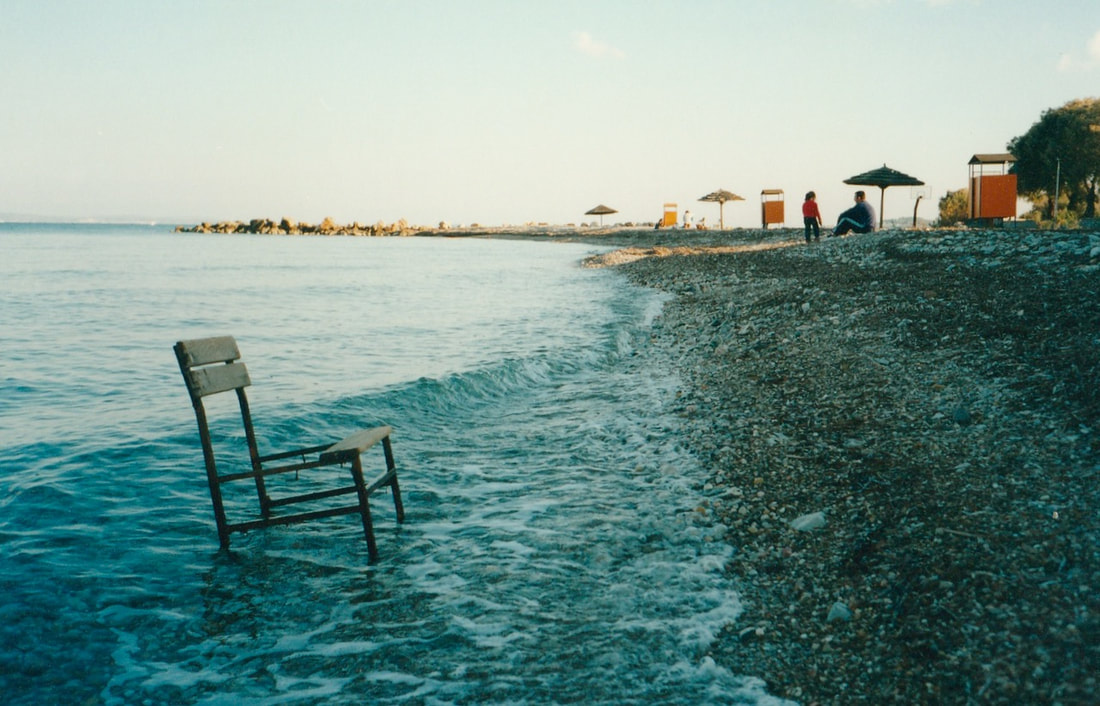






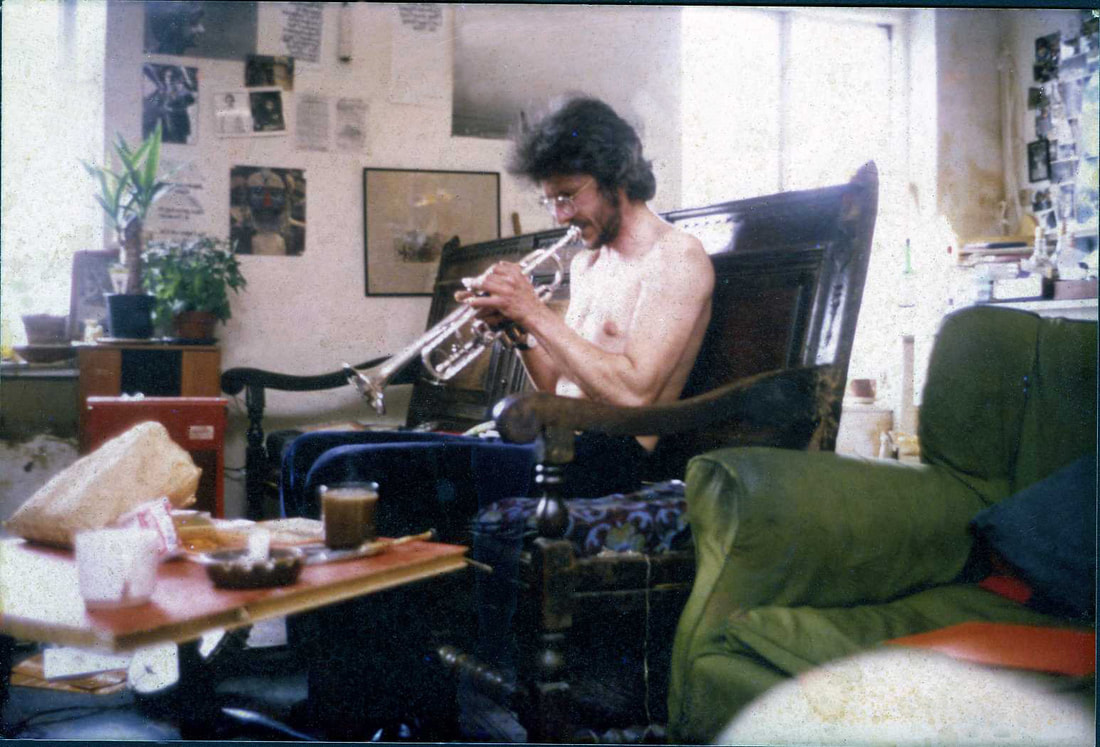



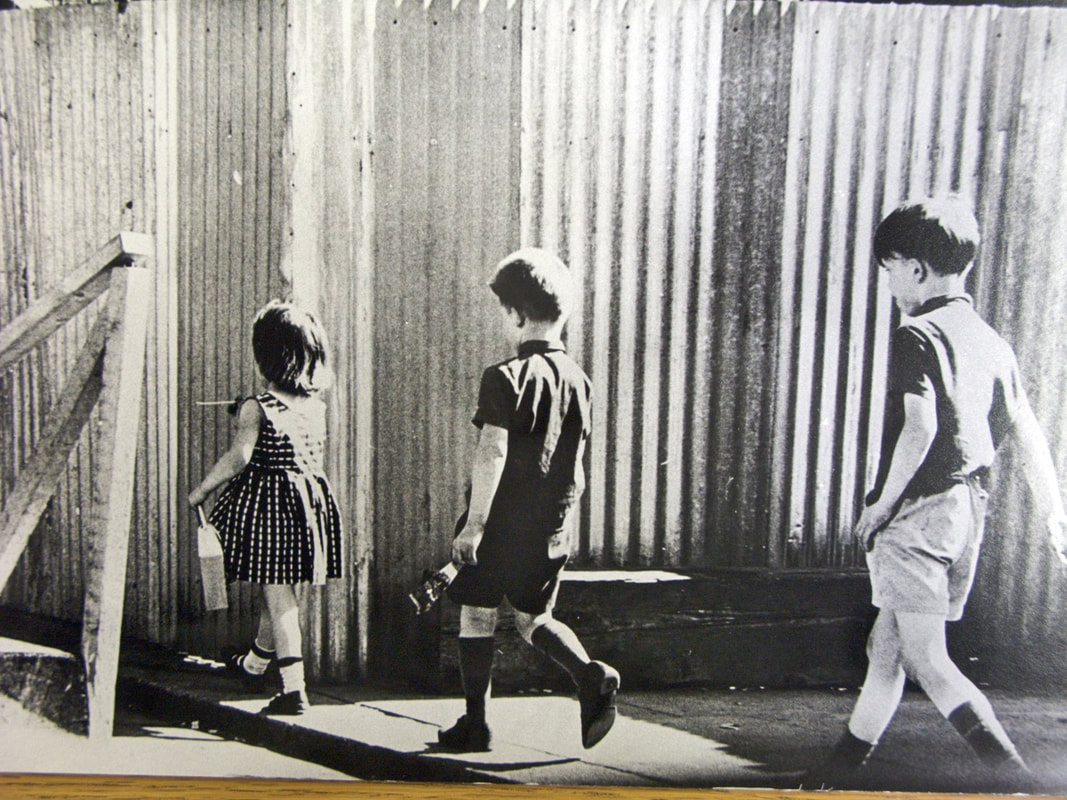





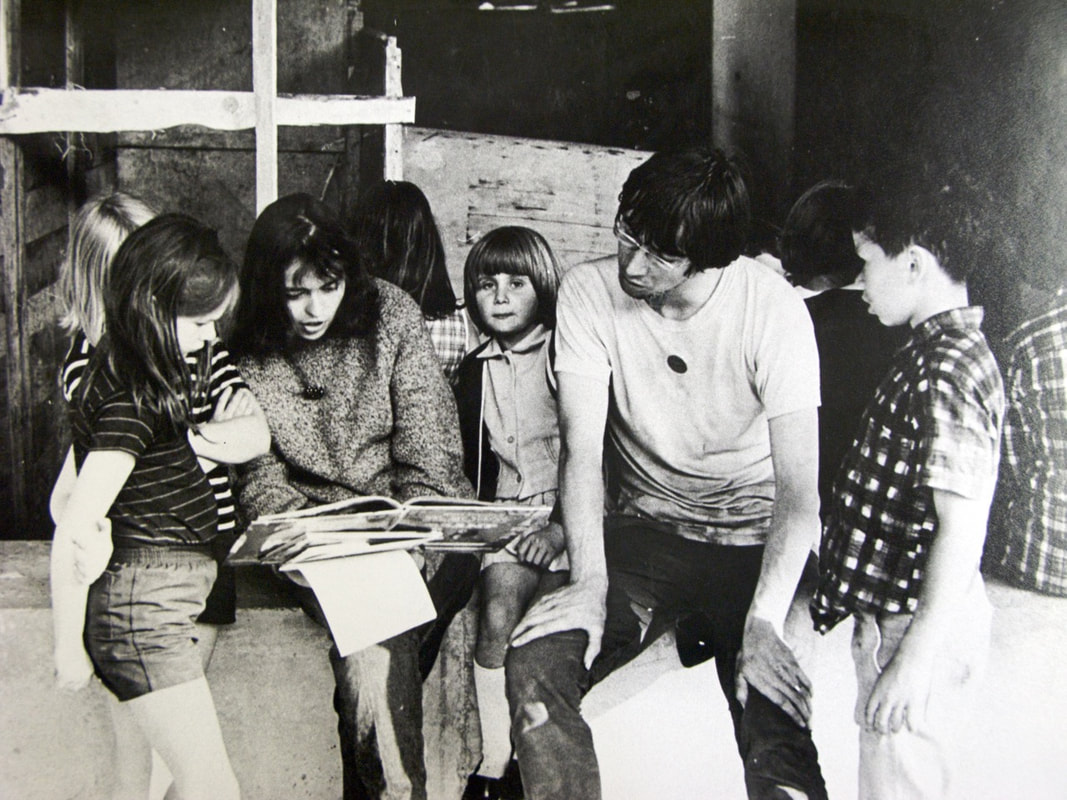







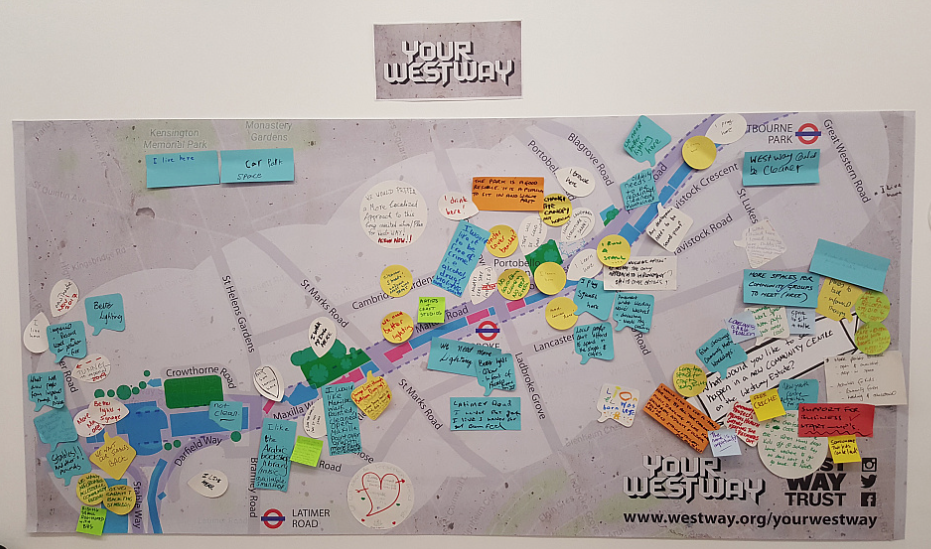

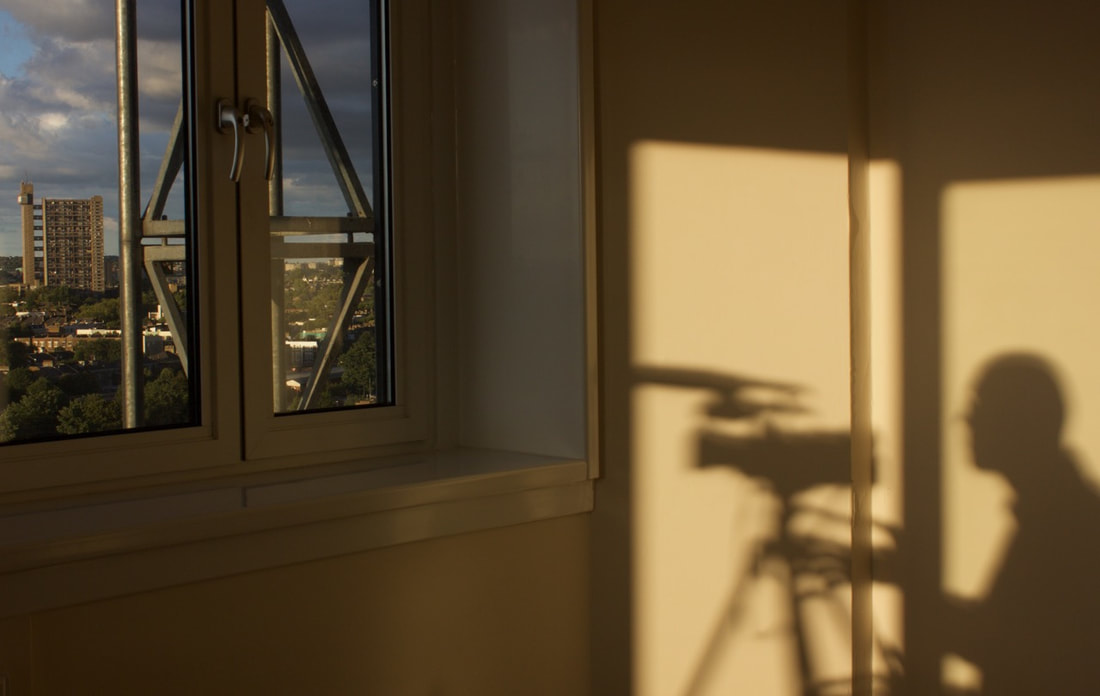



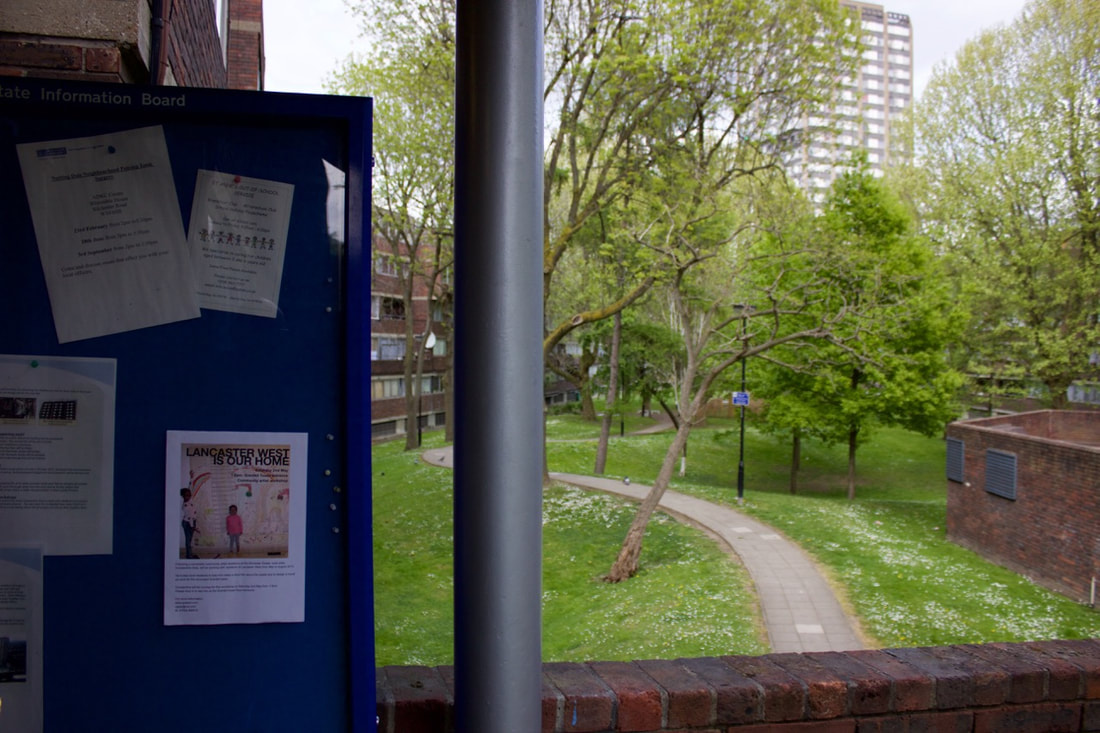



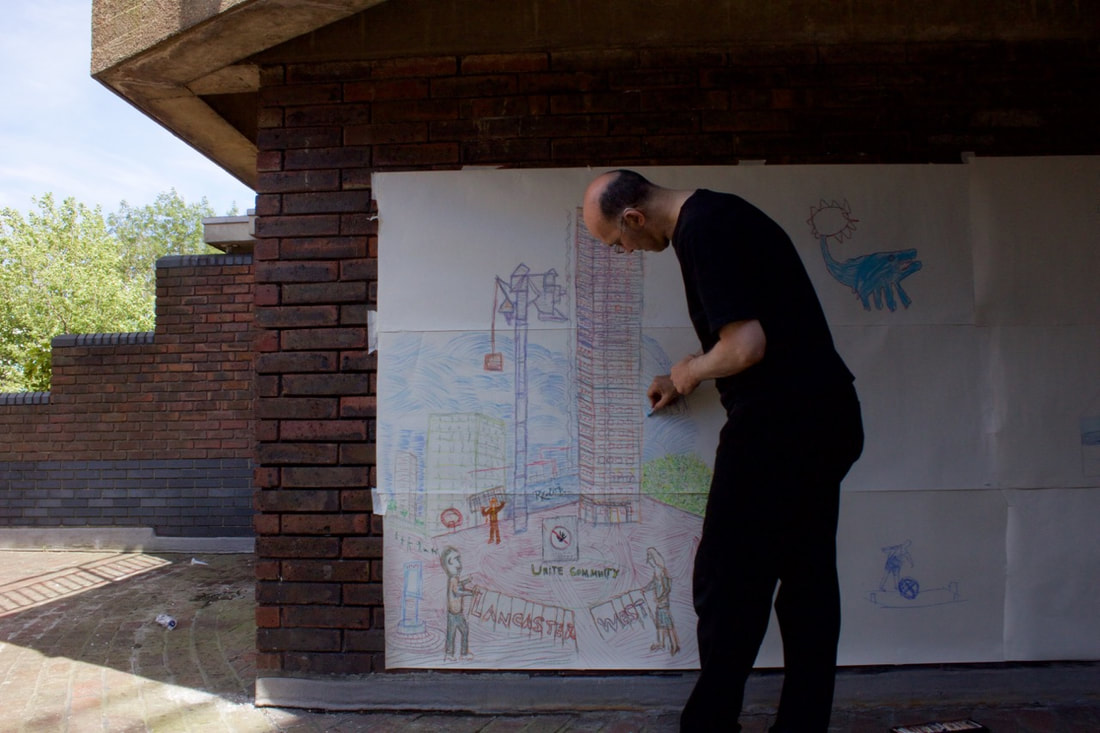

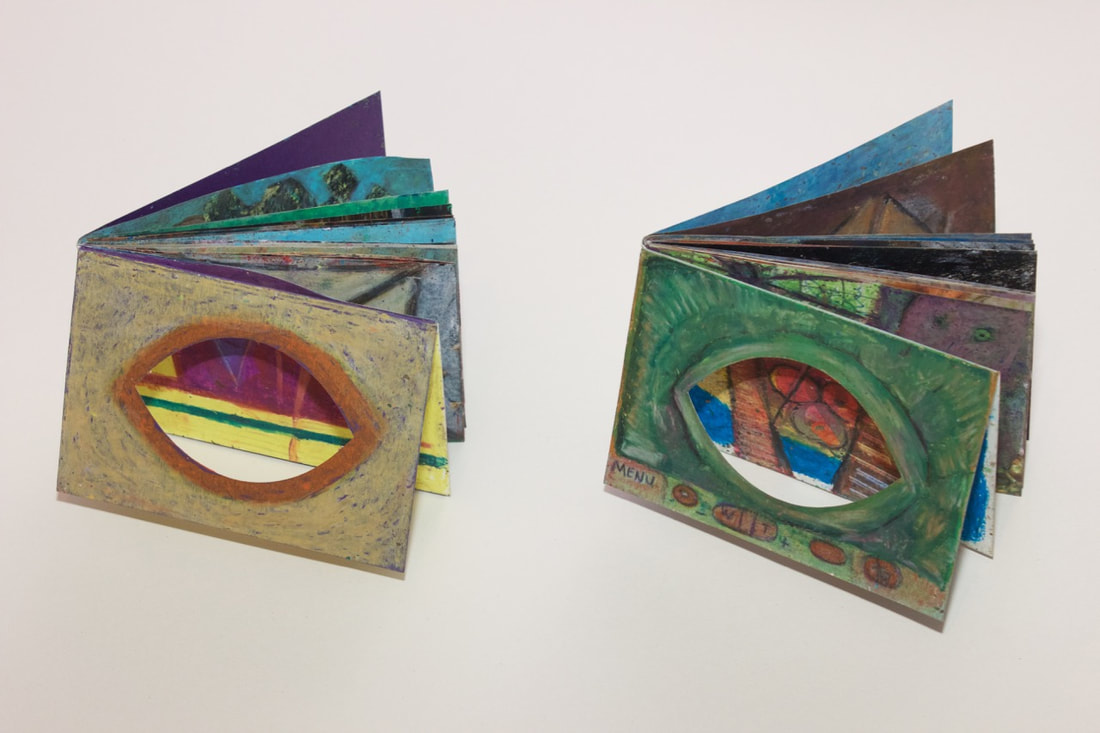












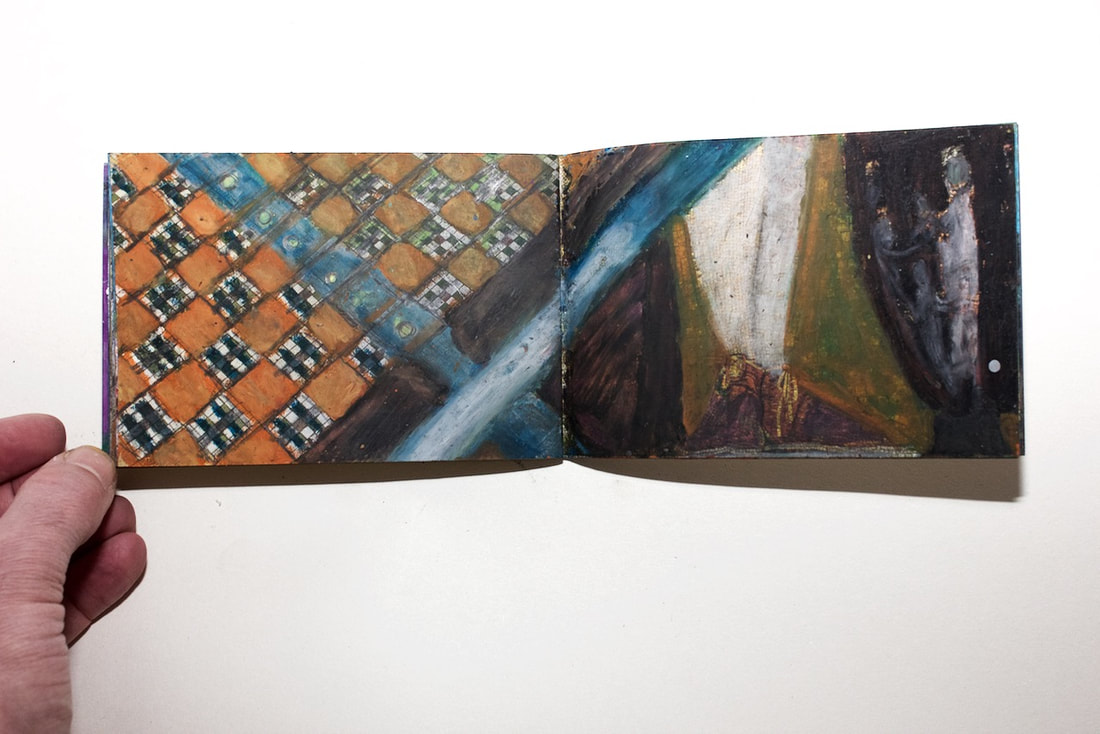



 RSS Feed
RSS Feed
